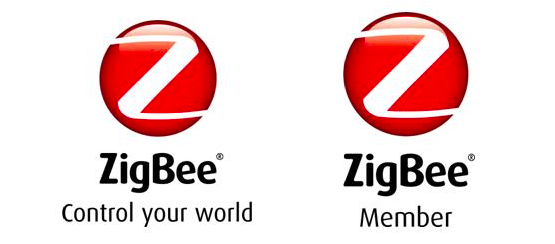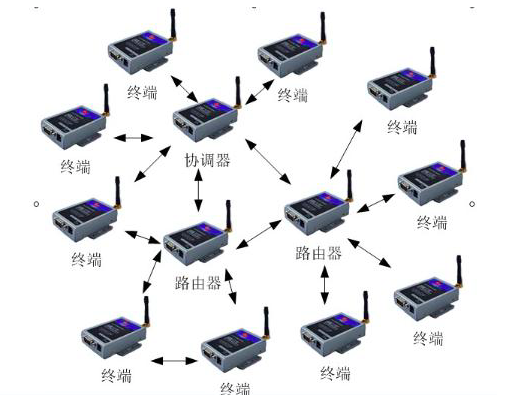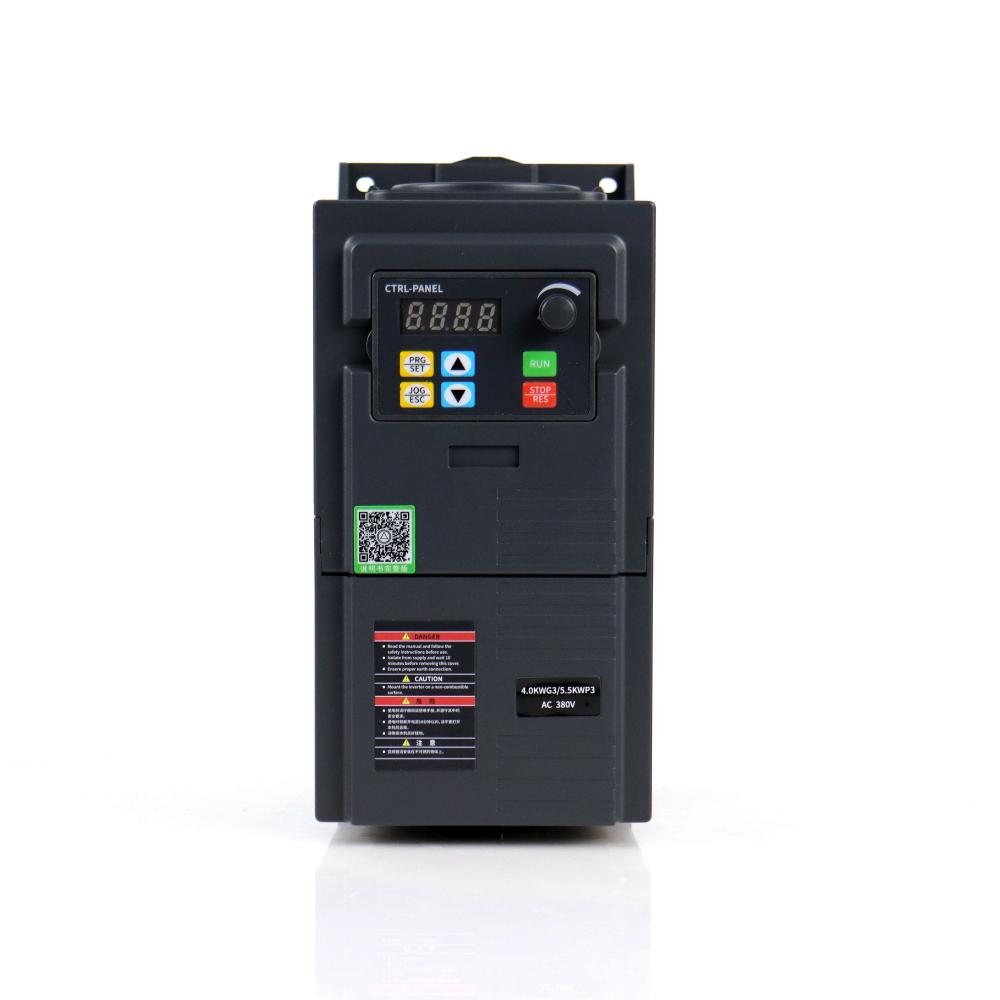
Although the smart hardware industry has experienced a drop in popularity compared to previous years, the standard disputes between WiFi, ZigBee, Bluetooth, and other communication protocols are continuing, which will become the most suitable protocol for smart hardware or the Internet of Things. No one could say one or two or three.
WiFi can transmit a large amount of data, but the power consumption is relatively large;
The Bluetooth power consumption is relatively low, but the connected device capability is indeed poor;
ZigBee has networking features, but data transmission speed is slow.
However, from these mainstream and some of the public are not familiar with the agreement has a common goal - to support ad hoc network function, with the arrival of a large wave of network function agreement, ZigBee's advantage seems to have vanished.
Copy ZigBee: The original so easy!Ad hoc networking was the biggest killer of the ZigBee protocol. To understand how other protocols replicate ZigBee's strengths, you must know what ad hoc networks are.

Ad hoc network A special self-organizing, peer-to-peer, multi-hop, wireless mobile network. Generally speaking, this is a network with a peer-to-peer, non-central structure. All nodes present a mesh structure. Any node has a connection function. Failure of a node does not affect the operation of the entire network. When communicating with terminals outside the coverage area, the intermediate node can act as a transmission medium.
However, ad hoc networks are not omnipotent. In the case of a large number of nodes, if self-organized networks are used, delays and power consumption in the entire network are difficult to control.
The key to implementing ad hoc network functions is to form multi-hop networks. Bluetooth has gradually begun to support this function since the 4.0 version, and recently domestic companies have introduced Wi-Fi Mesh networking technology. In addition, some grassroots-level companies are also creating their own networking technology. Recently, Lei Feng Net saw a “cloud negotiated agreement†at Smart Home Exhibition.
Its approach is very simple, as long as based on a dedicated communication module, the hardware can achieve ZigBee-like networking functions under simple triggering or command. Under this network protocol, each device can automatically find the shortest path for signal transmission. There is almost no limit to the number of nodes. From these characteristics, it is a network protocol similar to ZigBee.
Its wireless stable transmission distance is up to 300 meters and supports more than 26,500 nodes.
However, from the point of view of the technology itself, Zigbee and the nebula protocol are short-range low-power LAN protocols based on the IEEE 802.15.4 standard, but the latter is better in performance than the former.
The person in charge of the wisdom cloud valley told Lei Feng network, although ZigBee is known for the ad hoc network function, but its compatibility is very poor, it can't be compatible with the apparatus of market 433M, 315M, 2.4G and infrared transmission protocol, this is A short board for ZigBee.
And in his opinion, it is not difficult to make compatibility: using an infrared transponder can convert the 2.4 GHz network to infrared signals, and it can also replace the 433/315 MHz RF remote control, converting the 2.4 GHz network to 433. /315MHz signal. After the conversion between signals is completed, different hardware can be controlled by the mobile phone.
Of course, some of the so-called agreements including Google Thread are based on the 802.15.4 made changes or optimization, the reason for this is simple: you can maintain the advantages of ZigBee, but also reflect the difference.
ZigBee has become a tasteless?ZigBee was born in 2004. It is later than WiFi and Bluetooth. However, during this period, the media has performed a lot of renderings. This has led to the illusion that "ZigBee is the best wireless communication protocol." In the past 12 years, the achievements of WiFi and Bluetooth have been recognized by the industry. Both of them perfectly switched the application on mobile devices to the field of smart hardware. However, ZigBee has not reached the height of industry expectations because of its slow pace of upgrade.
In May of this year, the ZigBee Alliance released a 3.0 standard a year later, but it was only slightly optimized in terms of power consumption and delay, which again caused a great sense of disappointment for the industry.
In contrast, the Bluetooth technology alliance and the recent share of the Bluetooth 5.0 standard progress, the new standard may come out at the end of this year or early next year, and the introduction of this standard is likely to completely push ZigBee to the death line.
The transmission speed of Bluetooth 5.0 will double; the transmission distance will be four times that of Bluetooth 4.2; new networking function...
An industry person in the communications industry told Lei Feng Network (search "Lei Feng Network" public number attention) , Bluetooth 5.0 specifications greatly affected the ZigBee, ZigBee's living space will be further reduced.
The Bluetooth SIG expects that nearly 3 billion Bluetooth devices will ship this year, and this number will reach 5 billion by 2020, which means that the Bluetooth protocol will occupy one third of the nodes in the Internet of Things.
Although the standards will continue to co-exist, ZigBee will soon become a tasteless player under the influence of WiFi and Bluetooth and other protocols.
A vector inverter, also known as a variable frequency drive (VFD) or adjustable speed drive (ASD), is an advanced power electronic device used to convert direct current (DC) power into alternating current (AC) power. It operates by employing complex control algorithms and sophisticated power electronics to regulate the frequency, voltage, and phase of the AC output waveform.
Vector inverters are widely used in various industries and applications due to their ability to provide precise control over the speed and torque of AC motors. By adjusting the frequency and voltage of the AC output, vector inverters can effectively regulate the motor's rotational speed, enabling smooth acceleration, deceleration, and precise positioning. This makes them essential in applications where precise control over motor speed and torque is required, such as industrial machinery, robotics, HVAC systems, and electric vehicles.
One of the key features of vector inverters is their ability to provide vector control, also known as field-oriented control (FOC). Vector control allows for independent control of the motor's magnetizing flux and torque, resulting in improved motor performance and efficiency. By accurately adjusting the motor's magnetic field and torque components, vector inverters can minimize energy losses, reduce motor heating, and enhance overall system efficiency.
In addition to motor control, vector inverters offer a range of advanced features and protection mechanisms. They typically include built-in functions for fault detection, overcurrent protection, overvoltage protection, and thermal protection, ensuring safe and reliable operation of the system. Furthermore, many vector inverters support communication protocols such as Modbus, Ethernet, and Profibus, facilitating integration with supervisory control systems and enabling remote monitoring and control.
Vector inverters are also extensively used in renewable energy systems, such as wind turbines and solar photovoltaic (PV) systems. They play a crucial role in converting the variable DC power generated by renewable sources into stable and grid-compatible AC power. By efficiently tracking and regulating the power output, vector inverters enable optimal power harvesting from renewable sources while ensuring grid stability and compliance with grid codes.
Overall, vector inverters are versatile devices that provide precise and efficient control over AC motors, making them indispensable in a wide range of industrial, commercial, and residential applications. With their advanced features, protective mechanisms, and compatibility with renewable energy systems, vector inverters contribute to enhanced energy efficiency, improved system performance, and sustainable energy utilization.

Power electronics, DC to AC conversion, Frequency control, Voltage regulation, Phase synchronization
WuXi Spread Electrical Co.,LTD , https://www.vfdspread.com